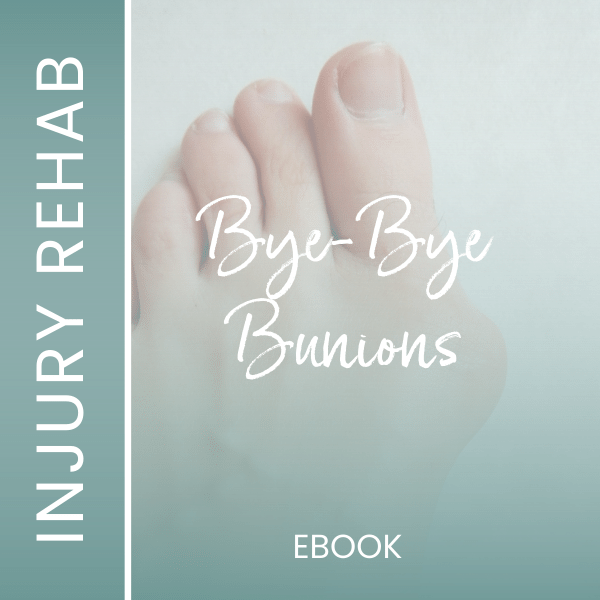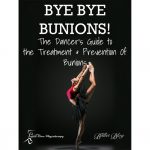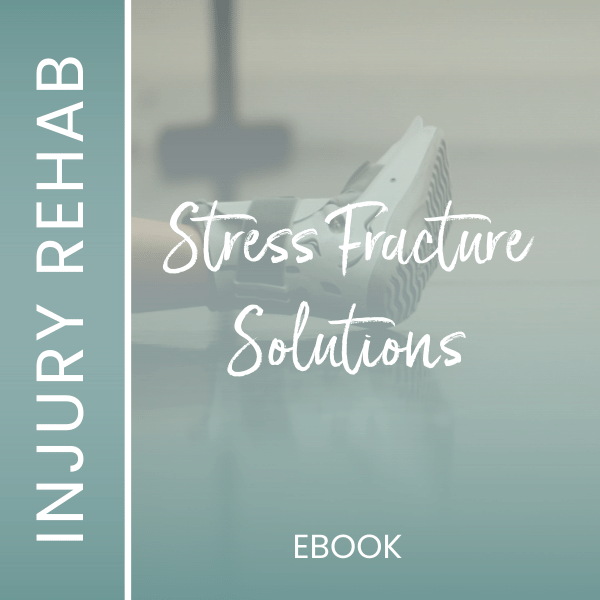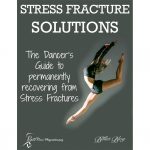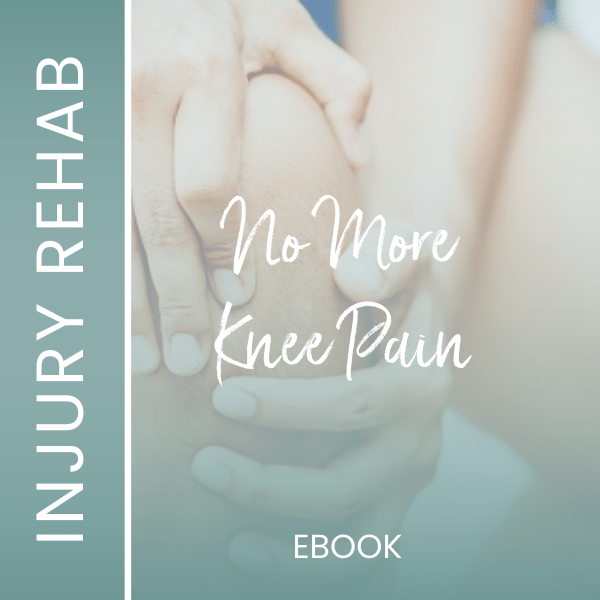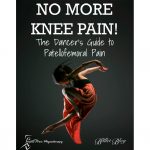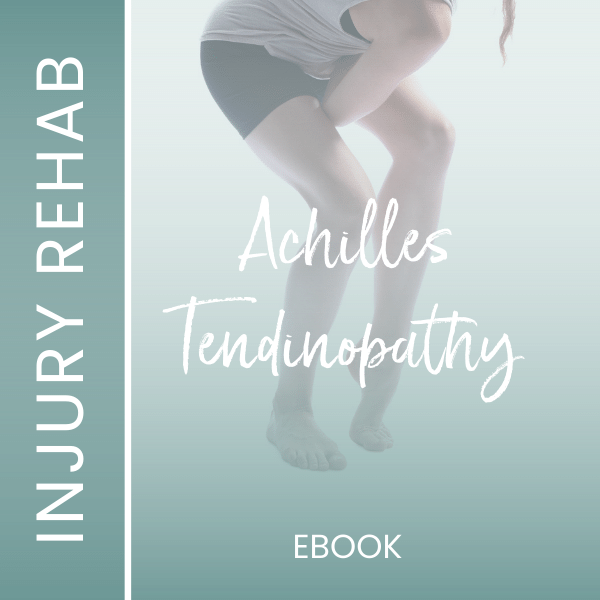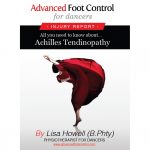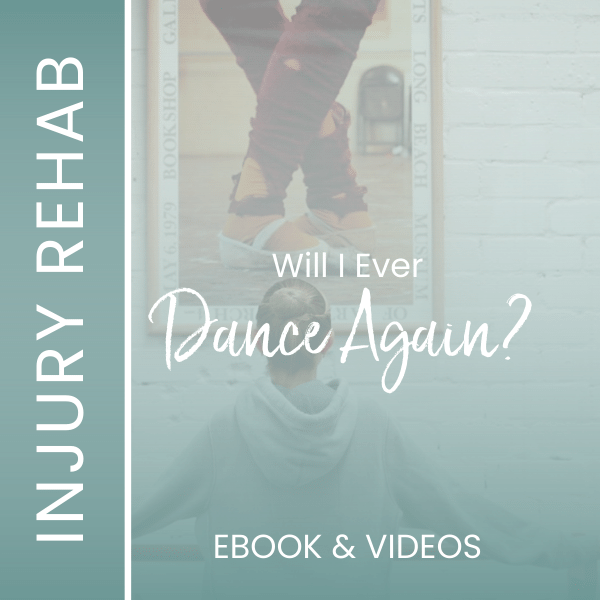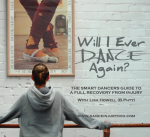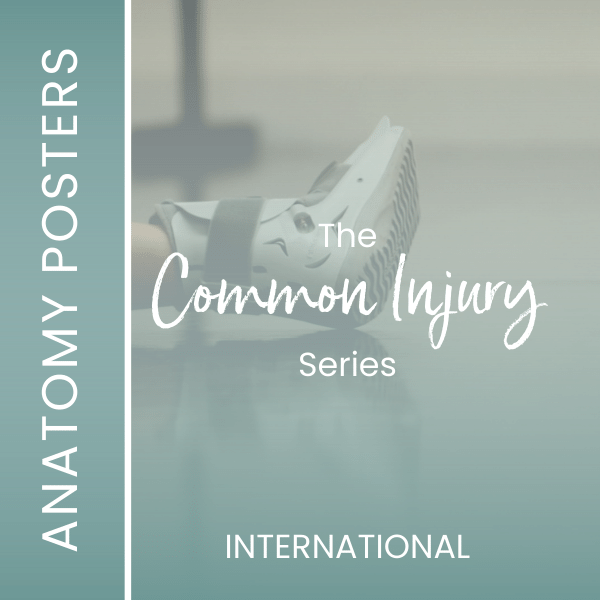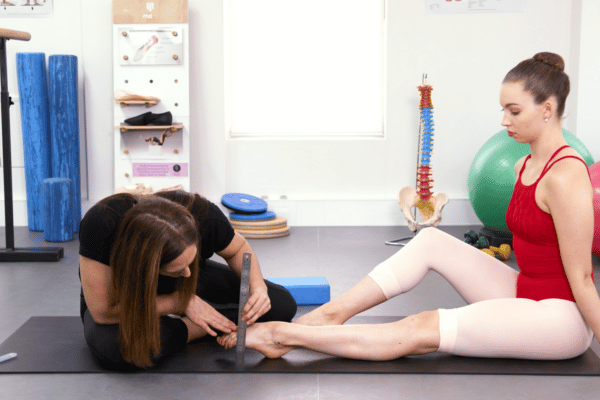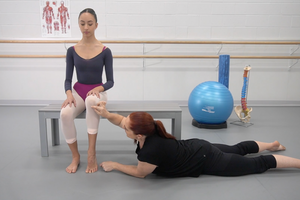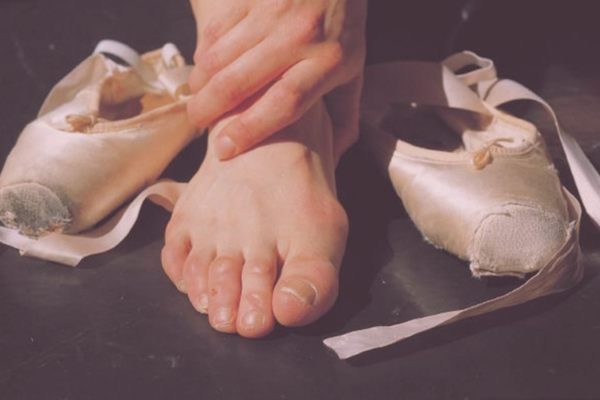Why we should Avoid Pointing into a Theraband
Pointing the foot into a Theraband is often given to dancers worldwide as an exercise to 'strengthen their feet'. While it can be done well if the dancer has exquisite awareness and control, many of the dancers we see doing this exercise are doing it in a way that is more detrimental than it is beneficial.
So why is doing this exercise (in this way) so bad?
The biggest problem with pointing into a theraband is the overuse of the long toe flexors if the toes are scrunched. Overuse of these muscles leads to a lot of issues around the back of the ankle. Simply put, the muscles that curl the toes under (Flexor Hallucis Longus and Flexor Digitorum Longus) do not actually have their muscle belly in the foot. Pointing the foot in this way can cause thickening of the tendons that pass around the back of the ankle, and is the root cause of many of the foot injuries that I see in my clients.
The following video explains why we should avoid pointing into a Theraband, and some safer alternatives.
To do this exercise correctly you must:
- Sit up straight with your legs out in front of you, making sure your knee isn’t hyperextended. Pointe into the theraband, ensuring you are lengthening your toes so they stay long.
- Peel back through the toes
- Release the heel
Even if you can do the exercise without curling the toes under and have good awareness, I still tend to advise dancers to avoid this exercise. There are lots of tendons passing through a small space at the back of the ankle, and any less space than normal can cause compression. The tension in the band has the capacity to compress the joint space at the back of the ankle when in a fully pointed position.
There are so many other, less dangerous, and more beneficial exercises, so we should focus on those instead. For improving strength in the feet and ankles into flexion and extension, the two safer and better options are, in my opinion:
- Pointe through the demi-pointe with the band pulling sideways (as in the video),
- Pointe through the demi-pointe with a ball
- or performing Rises with a Theraband.
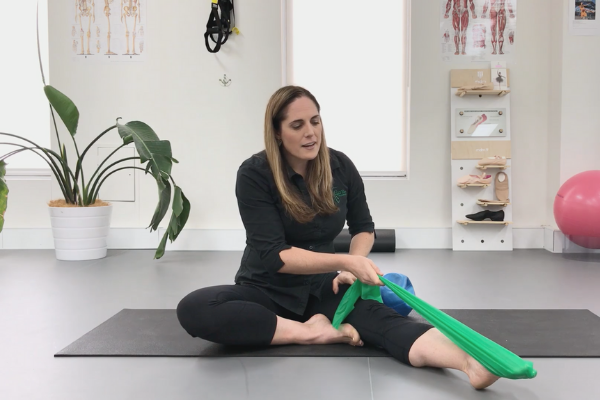
These exercises develop much more functional strength as the student must learn to control placement on demi-pointe as well as developing core and hip control. It also helps set up the correct muscle firing patterns in the foot and ankle, in relation to the rest of the body, which can then be directly translated into the studio. Pointing the foot, even in something as ‘simple’ as a Tendu, should be an entire body experience, including activation of the core, turnout, and leg muscles as well as the feet.
To help you utilise your Theraband to its maximum potential and get the most strength out of your workout with your Theraband, we've made a downloadable PDF that guides you through our 5 best and most recommended Theraband exercises.
Click HERE to download our free report with our 5 best Theraband exercises.
Foot Injury Resources
If you are looking to delve deeper into how to best manage dancer's foot injuries, check out the following programs:
- Will I Ever Dance Again: The “Will I Ever Dance Again?” program is perfect if you are unable to train at full capacity, whether this is due to a foot injury, surgery, an accident or illness outside of the studio. It helps you build back to full capacity gradually while maintaining strength, flexibility and control in the rest of the body.
- Level One Dance Teacher and Therapist Training: This unique course covers a multitude of assessment and treatment techniques to individualise a dancer's training. With special focuses on Postural Control, Core Stability, Flexibility, Basic Classical Technique, The Dancers Hip, Allegro, Spinal Mobility and Arabesques, it is suitable for anyone working closely with dancers.
-
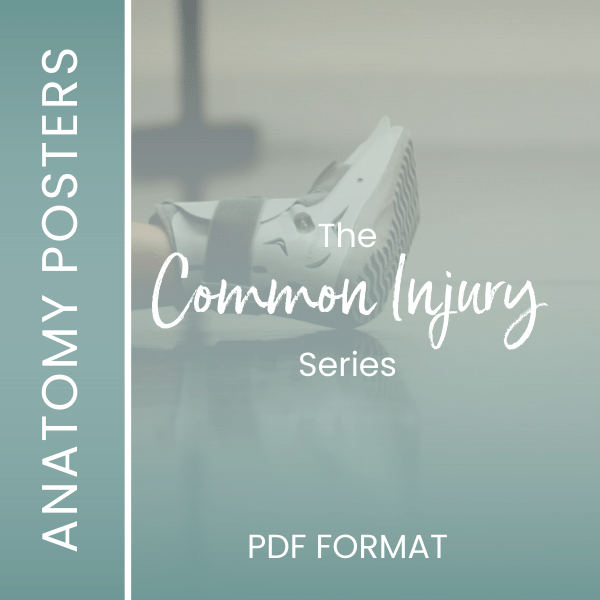
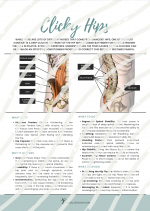 This product has multiple variants. The options may be chosen on the product page
This product has multiple variants. The options may be chosen on the product pageThe Common Injury Series (PDF Posters)
Price range: $AUD 10.00 through $AUD 40.00 -
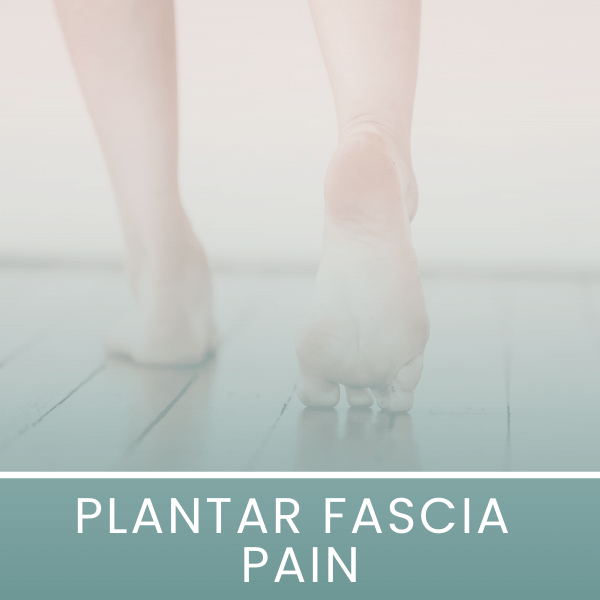
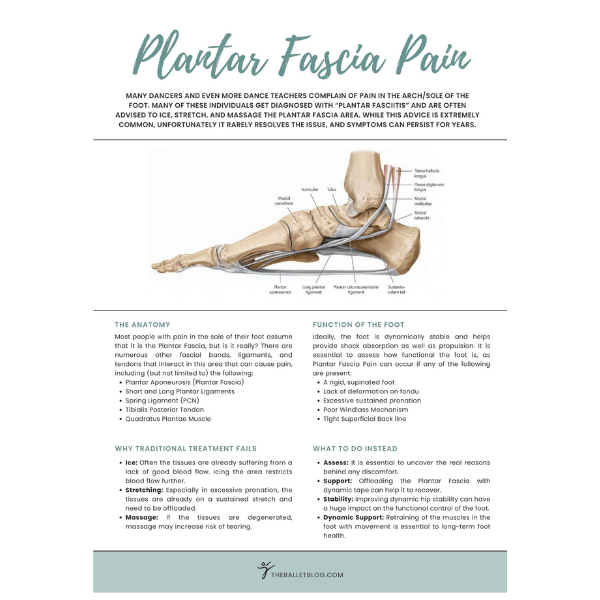 This product has multiple variants. The options may be chosen on the product page
This product has multiple variants. The options may be chosen on the product pagePlantar Fascia Pain (Common Injury Series)
Price range: $AUD 25.00 through $AUD 35.00 -

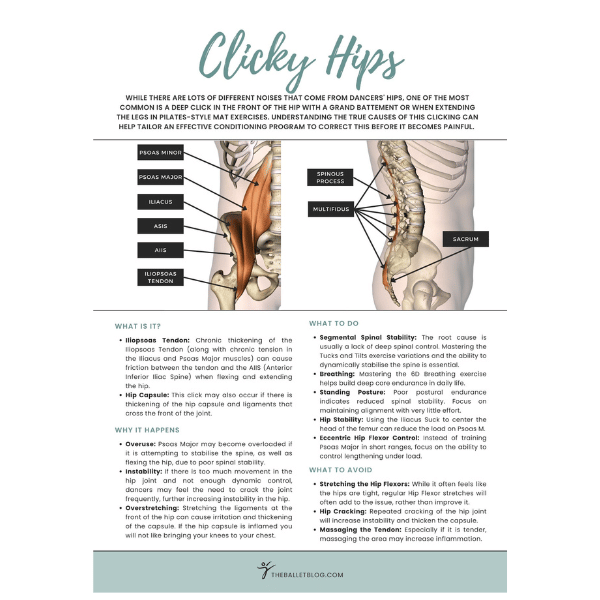 This product has multiple variants. The options may be chosen on the product page
This product has multiple variants. The options may be chosen on the product pageClicky Hips (Common Injury Series)
Price range: $AUD 25.00 through $AUD 35.00 -
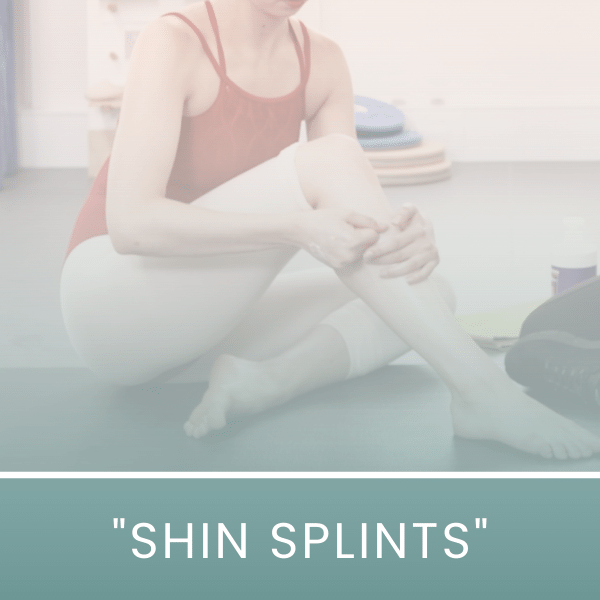
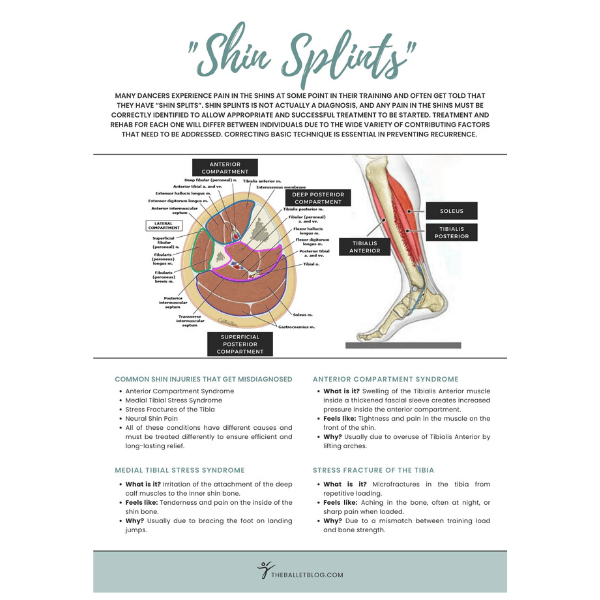 This product has multiple variants. The options may be chosen on the product page
This product has multiple variants. The options may be chosen on the product pageShin Splints (Common Injury Series)
Price range: $AUD 25.00 through $AUD 35.00 -
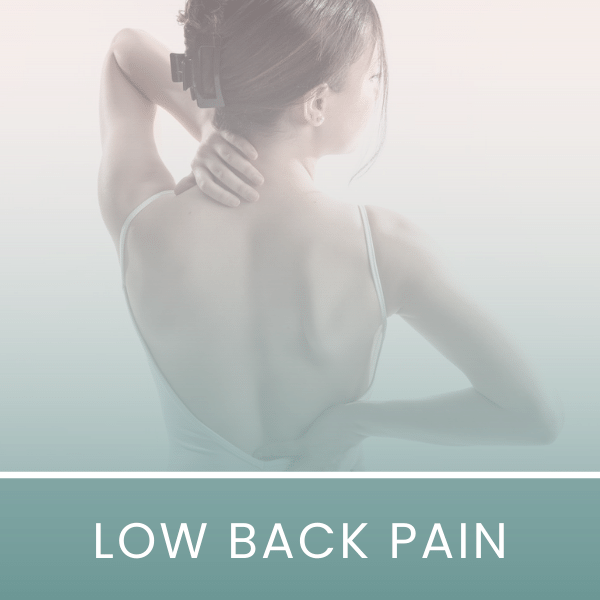
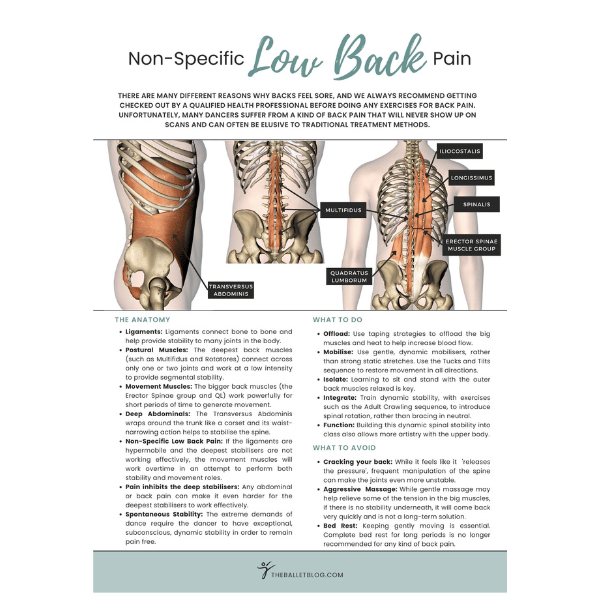 This product has multiple variants. The options may be chosen on the product page
This product has multiple variants. The options may be chosen on the product pageLow Back Pain (Common Injury Series)
Price range: $AUD 25.00 through $AUD 35.00

